Whether they are on two or four legs, many animals walk or run to get around. When we walk, we always have contact with the ground. Indeed, to go forward, we must take support on the left foot and then lift the right one to place it a little further in front of the left foot. To reach a destination we must alternate from one foot to the other. However, when running, there comes a moment when there is no contact with the ground. This results from an impulse given to go faster. Of course, it is not only humans that walk and/or run. Several other mammals (horse, dog, elephant, etc.), birds, and insects can also move in this way.
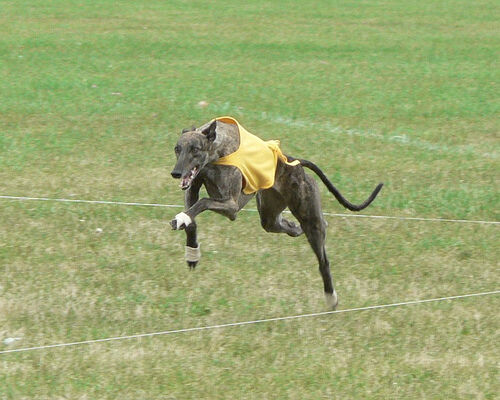
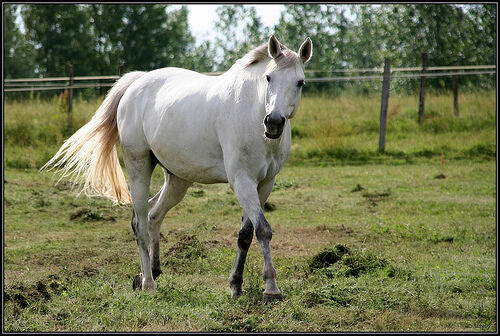
Jumping can be an occasional means of movement, or even be the only means used. When an animal jumps, propulsion is provided by the extension of the front and/or rear limbs; the animal then loses its grip on the ground to rise and throw itself at a distance. Many animals move by jumping. This is the case for rabbits, hares, frogs, kangaroos, fleas, crickets, grasshoppers, etc.
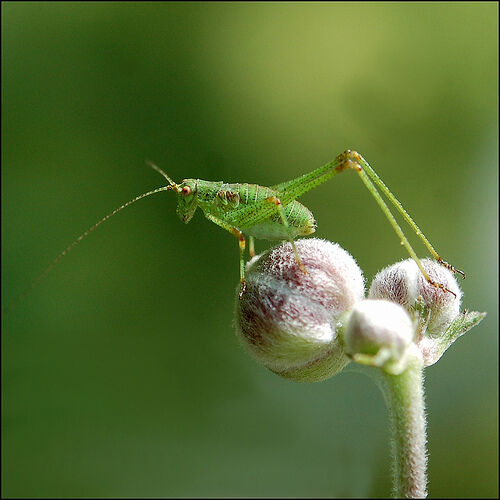
Slithering is a way of moving without legs. In other words, it is the act of sliding. The basic principle of slithering is to push backwards on the ground to allow the body to move forward.
The earthworm has silk hair on its body that help it anchor itself to the ground and move around.
The snake, meanwhile, has developed different types of crawling. It uses the friction of its scales to push off the ground with its powerful muscles. If its body were completely smooth, it would squirm in place without moving forward.
The snail, a mollusk, uses its muscular foot, which acts by making a kind of wave with its muscles: it’s a great belly dance!
It is not only small animals that crawl, seals also crawl on ice or on dry land.
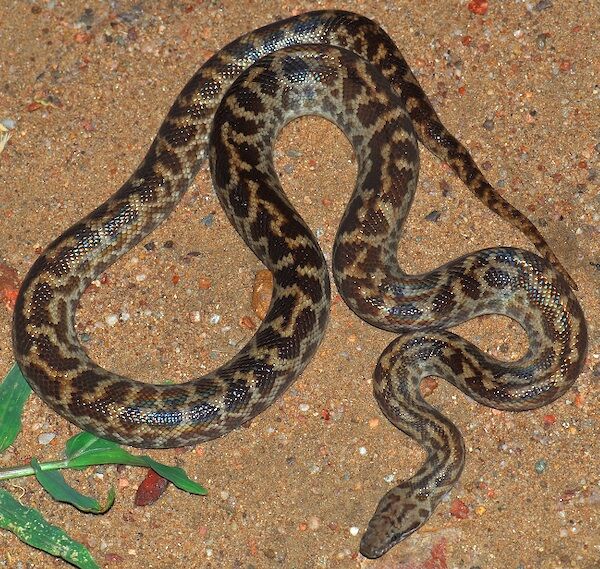
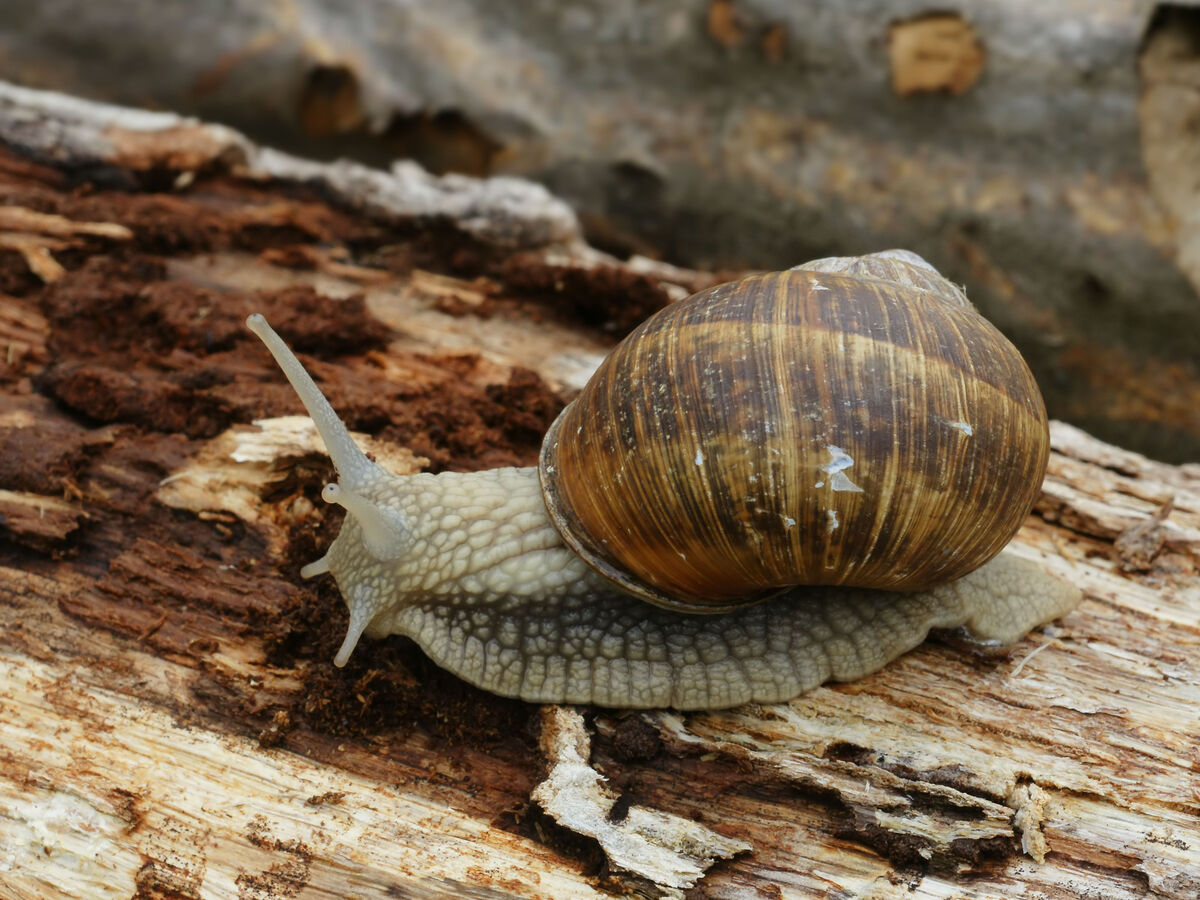
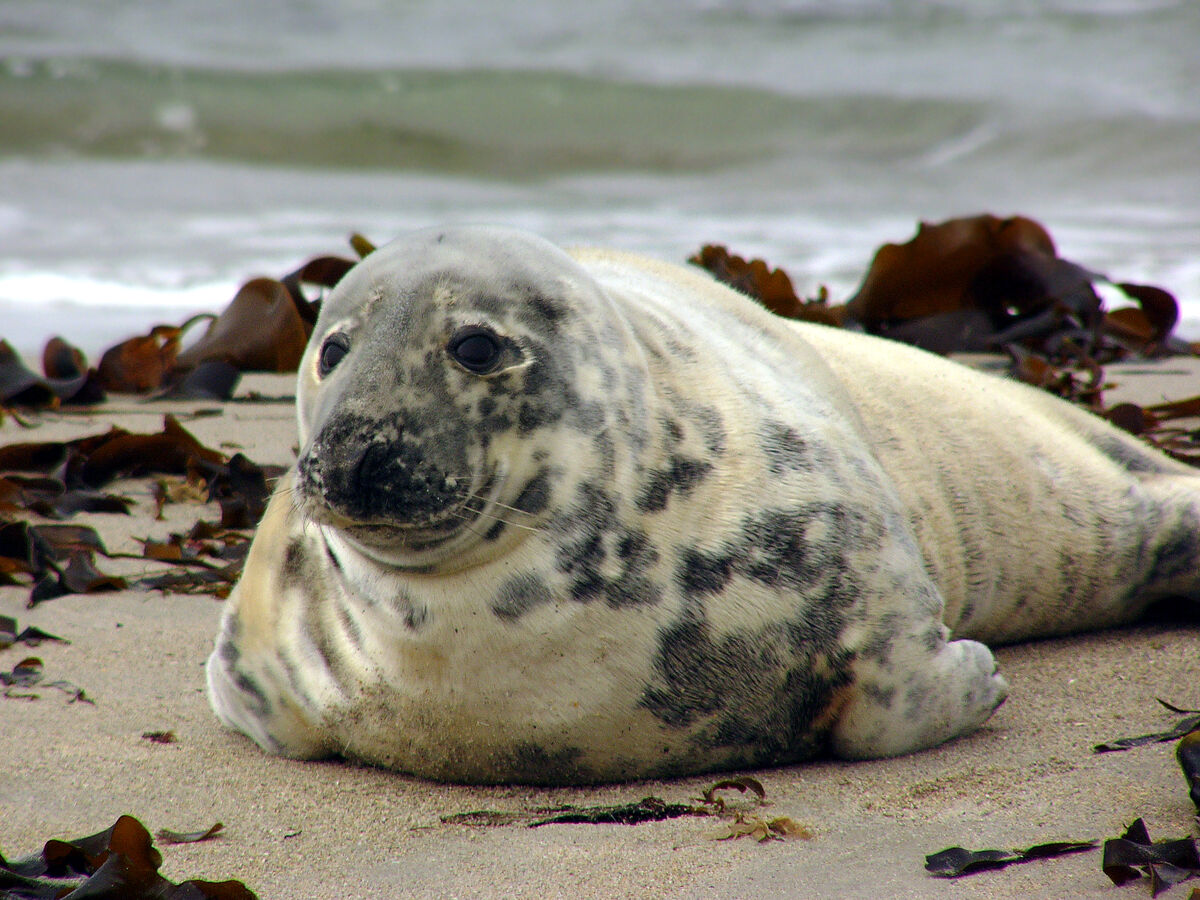
Flight is a mode of movement in the air. There are several types of flight, such as gliding and hovering. Several species of insects, birds in general, and some species of mammals (bats, flying squirrels and some primate species) can fly.
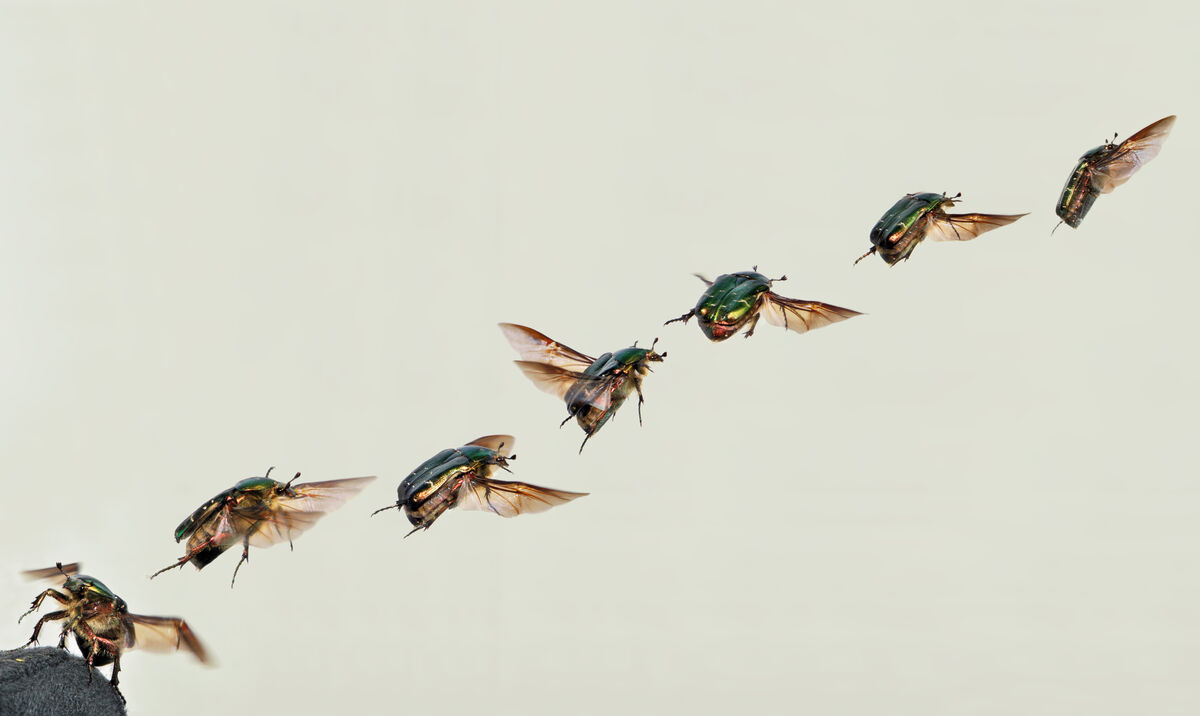
Swimming is the ability to move in the water by body movement alone; being carried away by the current is not considered swimming. Not all animals are equal when it comes to this mode of locomotion. While water is the habitat in which aquatic animals (fish, amphibians, marine mammals) move around easily, this environment can be a dangerous element for other animals. Many land mammals are able to swim out of habit (the rat), out of desire (the dog), or out of the need to escape (the deer). On the other hand, others, like the rabbit, swim with reluctance. The chimpanzee cannot swim at all. Many reptiles are good swimmers (crocodiles, sea turtles with oar-shaped legs, and several snakes that swim through undulation).
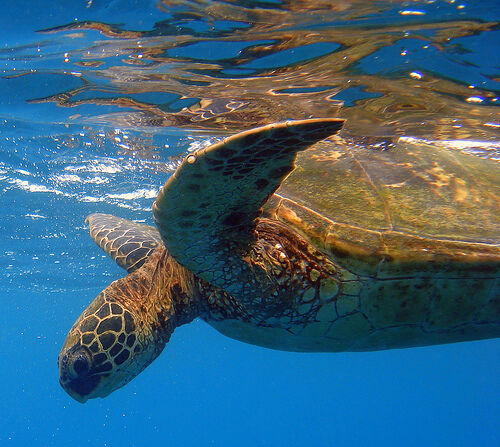
In biology, the word tropism refers to a plant reacting to environmental factors with growth. These represent the stimuli of the plant.
A tropism is said to be positive “|+|” when the plant’s reaction is to orient itself towards the stimulus.
A tropism is said to be negative "|-|" when the plant's reaction is to avoid or move away from the stimulus.
These stimuli can be in the form of light, gravity, the presence of objects to be bypassed, humidity, certain chemicals, and wind.
This type of tropism is related to the orientation of a plant’s (or a part of a plant's) growth according to the light.
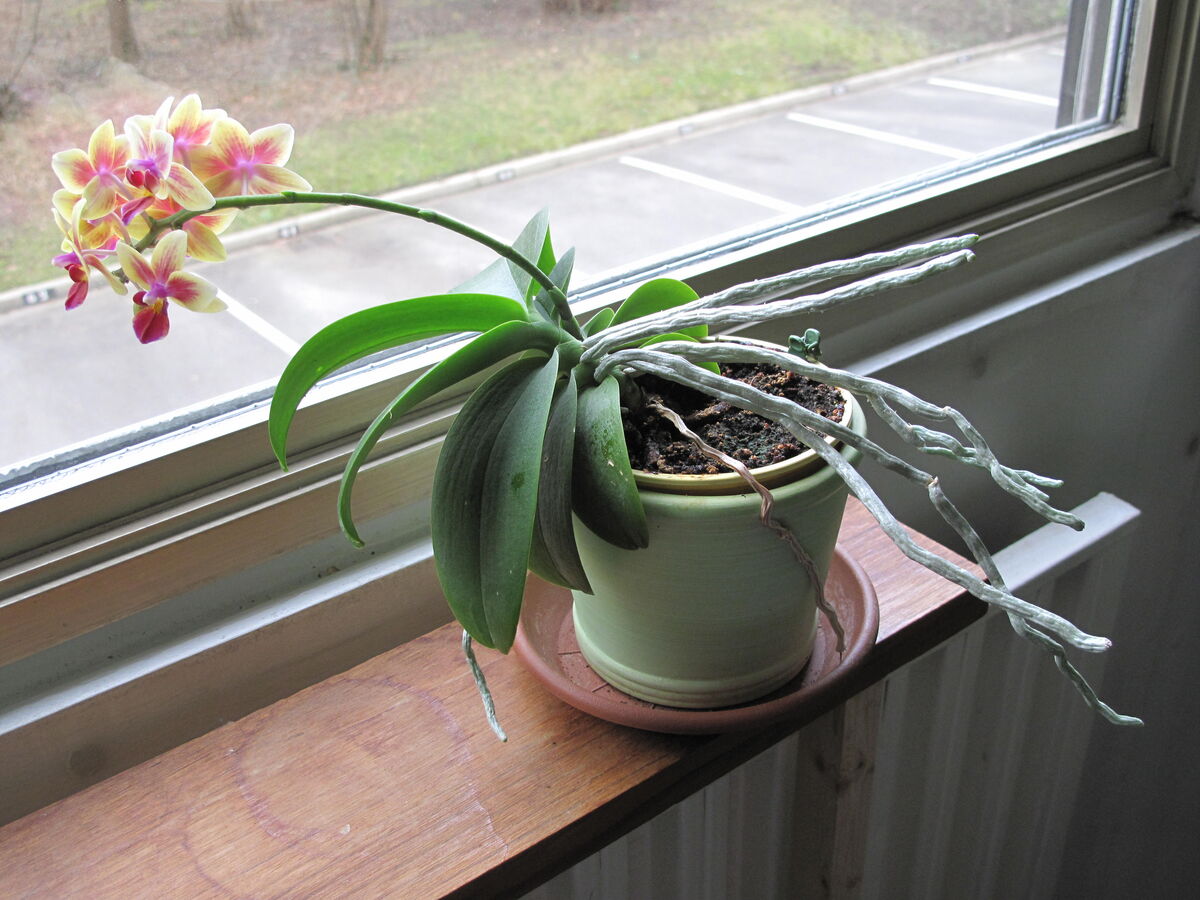
Example of a positive phototropism: the stem of a plant bends towards the window.
Example of negative phototropism: the roots of a plant grow while protecting themselves from light (in the ground).
When the growth of a plant is oriented according to gravity, geotropism (or gravitational tropism) is in play.
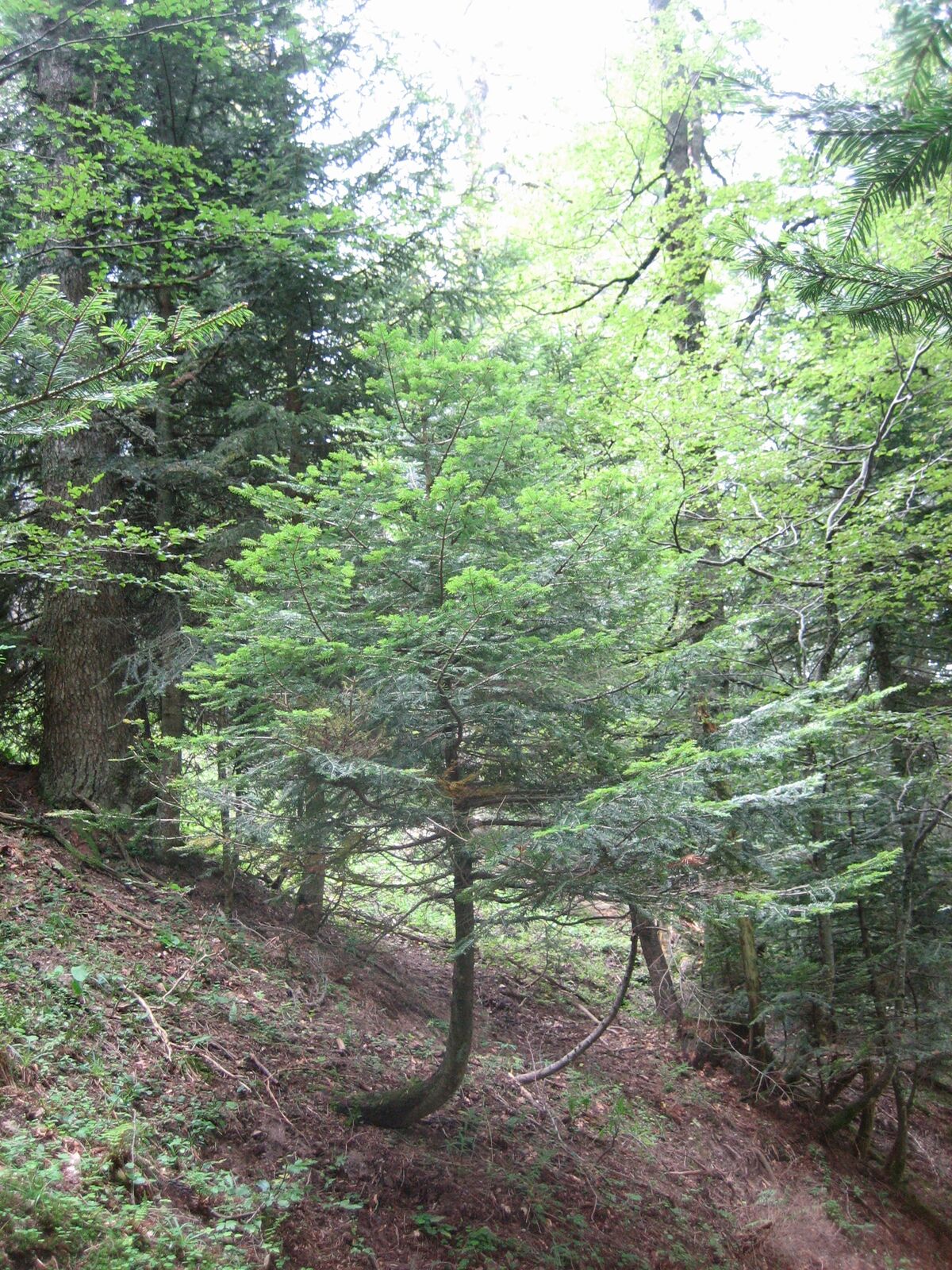
Example of a positive geotropism: a carrot lengthens under the ground (downwards).
Example of a negative geotropism: the seed embedded in the ground germinates and a stem comes out of the ground.
This behaviour occurs only in some plants. It occurs when a part of the plant comes into contact with any object (a rock, a stake, a house, etc.).
Example of a positive thigmotropism: vines grow on a house.
Example of a negative thigmotropism: the roots of a tree circle a rock.
Hydrotropism is the reaction of a plant's (or a part of a plant's) growth according to humidity.
Example of a positive hydrotropism: the roots of a tree are more abundant and longer where there is sufficient water.
Example of negative hydrotropism: the stems of plants in general tend to move away from the water.
Sometimes a plant reacts to the presence of chemicals in its environment.
Example of positive chemotropism: the roots of a plant move towards the soil containing fertilizer rather than towards the side of the soil with no fertilizer.
Example of negative chemotropism: the roots of a plant atrophiating in an acidic environment and trying instead to grow as much as possible in the healthiest spots in the soil near it.


